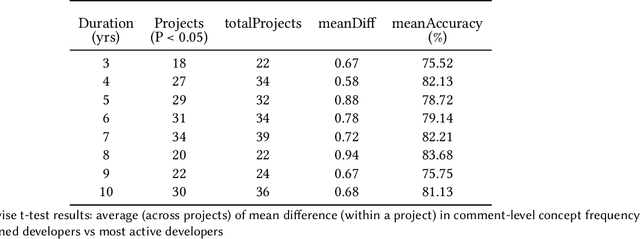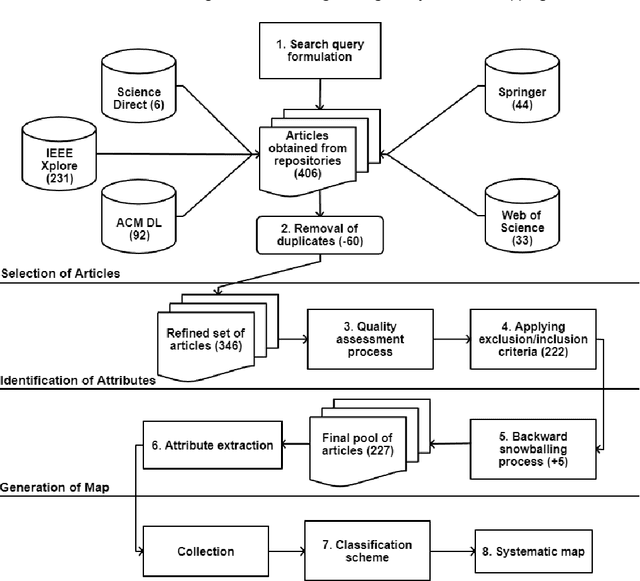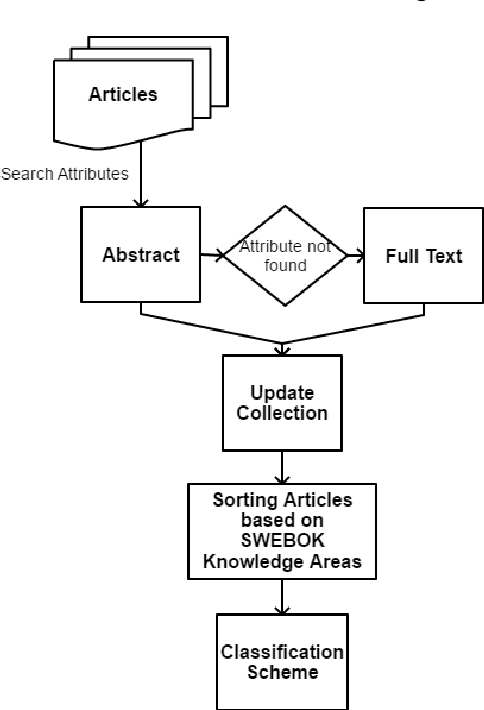Saad Shafiq
Improving DNN Modularization via Activation-Driven Training
Nov 01, 2024Abstract:Deep Neural Networks (DNNs) suffer from significant retraining costs when adapting to evolving requirements. Modularizing DNNs offers the promise of improving their reusability. Previous work has proposed techniques to decompose DNN models into modules both during and after training. However, these strategies yield several shortcomings, including significant weight overlaps and accuracy losses across modules, restricted focus on convolutional layers only, and added complexity and training time by introducing auxiliary masks to control modularity. In this work, we propose MODA, an activation-driven modular training approach. MODA promotes inherent modularity within a DNN model by directly regulating the activation outputs of its layers based on three modular objectives: intra-class affinity, inter-class dispersion, and compactness. MODA is evaluated using three well-known DNN models and three datasets with varying sizes. This evaluation indicates that, compared to the existing state-of-the-art, using MODA yields several advantages: (1) MODA accomplishes modularization with 29% less training time; (2) the resultant modules generated by MODA comprise 2.4x fewer weights and 3.5x less weight overlap while (3) preserving the original model's accuracy without additional fine-tuning; in module replacement scenarios, (4) MODA improves the accuracy of a target class by 12% on average while ensuring minimal impact on the accuracy of other classes.
Balanced Knowledge Distribution among Software Development Teams -- Observations from Open-Source and Closed-Source Software Development
Jul 26, 2022



Abstract:In software development teams, developer turnover is among the primary reasons for project failures as it leads to a great void of knowledge and strain for the newcomers. Unfortunately, no established methods exist to measure how knowledge is distributed among development teams. Knowing how this knowledge evolves and is owned by key developers in a project helps managers reduce risks caused by turnover. To this end, this paper introduces a novel, realistic representation of domain knowledge distribution: the ConceptRealm. To construct the ConceptRealm, we employ a latent Dirichlet allocation model to represent textual features obtained from 300k issues and 1.3M comments from 518 open-source projects. We analyze whether the newly emerged issues and developers share similar concepts or how aligned the developers' concepts are with the team over time. We also investigate the impact of leaving members on the frequency of concepts. Finally, we evaluate the soundness of our approach to closed-source software, thus allowing the validation of the results from a practical standpoint. We find out that the ConceptRealm can represent the high-level domain knowledge within a team and can be utilized to predict the alignment of developers with issues. We also observe that projects exhibit many keepers independent of project maturity and that abruptly leaving keepers harm the team's concept familiarity.
Machine Learning for Software Engineering: A Systematic Mapping
May 27, 2020



Abstract:Context: The software development industry is rapidly adopting machine learning for transitioning modern day software systems towards highly intelligent and self-learning systems. However, the full potential of machine learning for improving the software engineering life cycle itself is yet to be discovered, i.e., up to what extent machine learning can help reducing the effort/complexity of software engineering and improving the quality of resulting software systems. To date, no comprehensive study exists that explores the current state-of-the-art on the adoption of machine learning across software engineering life cycle stages. Objective: This article addresses the aforementioned problem and aims to present a state-of-the-art on the growing number of uses of machine learning in software engineering. Method: We conduct a systematic mapping study on applications of machine learning to software engineering following the standard guidelines and principles of empirical software engineering. Results: This study introduces a machine learning for software engineering (MLSE) taxonomy classifying the state-of-the-art machine learning techniques according to their applicability to various software engineering life cycle stages. Overall, 227 articles were rigorously selected and analyzed as a result of this study. Conclusion: From the selected articles, we explore a variety of aspects that should be helpful to academics and practitioners alike in understanding the potential of adopting machine learning techniques during software engineering projects.
 Add to Chrome
Add to Chrome Add to Firefox
Add to Firefox Add to Edge
Add to Edge